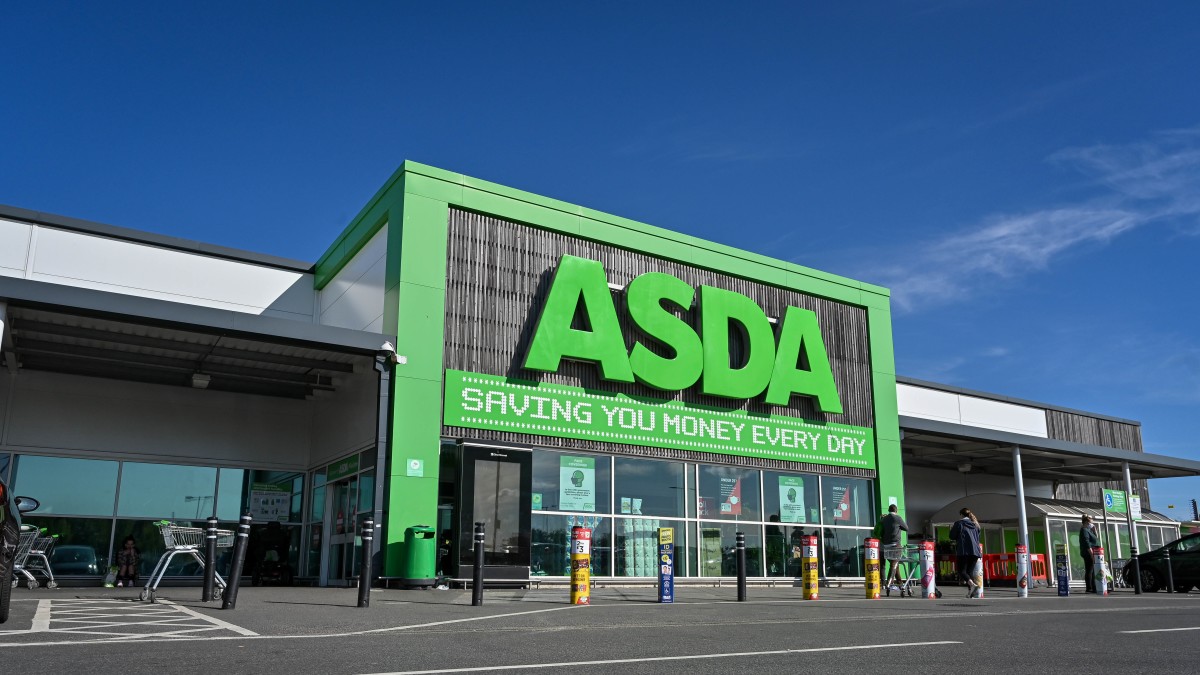It’s human nature in times of strife to hunker down, batten the hatches and hope it all blows over. To play it safe and not metaphorically (and especially actually) rock the boat.
We have six primary emotions as humans, and five of them are negative (it’s how we survived and thrived as a species). The ‘fight or flight’ mechanic is strong in all of us — and very hard to resist, especially when faced with a threat.
Therefore it’s not surprising that people want to play it safe in these…. ahem (once again) “unprecedented times”. It’s natural, but it is a little unwise. Especially when it comes to brands and communications.
Now I’d be the first to acknowledge that it’s not easy out there right now. You don’t need me to repeat the headlines about inflation, energy prices, company insolvencies or COLC. There’s (unfortunately) going to be a lot of business casualties in the weeks, months and years to come — and it’ll only be the big (large enough to absorb) and the brave (differentiated, loved and noticed) that will come out on the other side.
As we know the first rule for communications is to get noticed
If people don’t see or hear what you’re saying, then the content of the message is irrelevant. Most categories in this world suffer appallingly from a sea of same. The same words and phrases moved about like corporate fridge poetry. All lagers are ‘refreshing’, all food is ‘tasty’, all retailers are about ‘price and quality’ and pretty much every B2B brand is either empowering or enabling something. The problem is that because it’s all so anodyne it requires a massive attention bribe in the form of paid media to start to even cut through, and as budgets get slashed then that luxury is one that most brands cannot afford.
So doing what you’ve always done, saying what you’ve always said, and not rocking any boats might seem like the safest option. But paradoxically staying in your comfort zone is the most likely course of action for things to get very uncomfortable indeed. Only the brands that stand out will survive. Those in the sea of same are likely to drown. The bravest (for brave read, insanely risky) thing that any brand or business can do right now is play it safe. If by playing it safe you mean doing the same, obvious thing as everyone else, or doing nothing and hoping everything will be ok. It won’t.
Bravery needs a reframe in times of crisis
It’s not bravery. It is creativity. It is doing things in new, different or inventive ways. It is thinking of a novel and imaginative way of overcoming the challenges the brand or business might face. It could be about solving twice as many problems with half the budget in less time than you usually have. That’s about thinking creatively.
The ‘braver’ (read: sensible) course that brands could take though would be to actually do something to HELP consumers in these times of difficulty. As Mark Twain once said, ‘Actions speak louder than words, but rarely as often’.
Different, but useful — and as my nan would always say, it’s better to be useful than clever.
‘Brave’ actions like Boots freezing the price of 1,500 own-brand essentials. Or Asda offering all kids meals for £1 in all their cafes nationwide, including baby food. Or Iceland offering a 10% discount across the board for anyone over 60 years old. It’s these actions that are different and bold, and they are the things that not just help people but also contribute greatly to brand value over time.
Future-proofing at a time of strife.
It is time to be ‘risky’, but not reckless, because it is not ‘brave’ to do something innovative, different and new in a time of challenge. It is the safest, most sensible course open to a brand. As De Bono said, ‘creativity is the key to all progress’.
Feature image: asda.com































